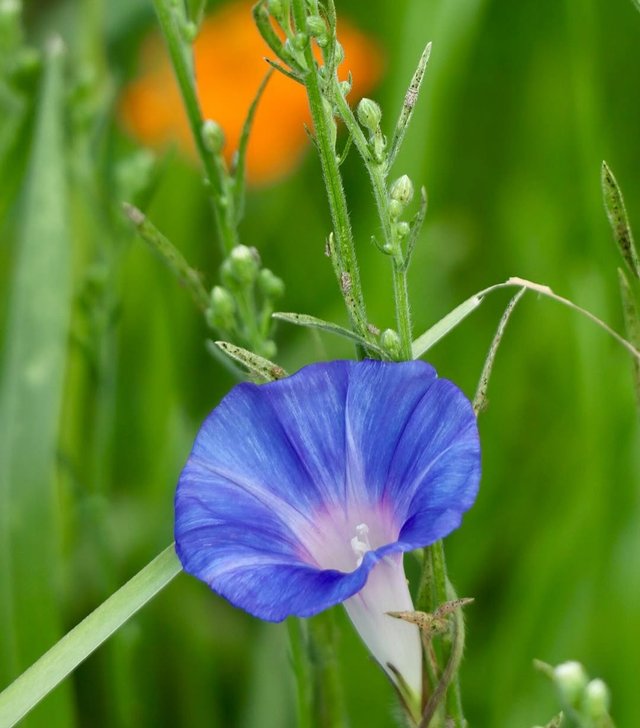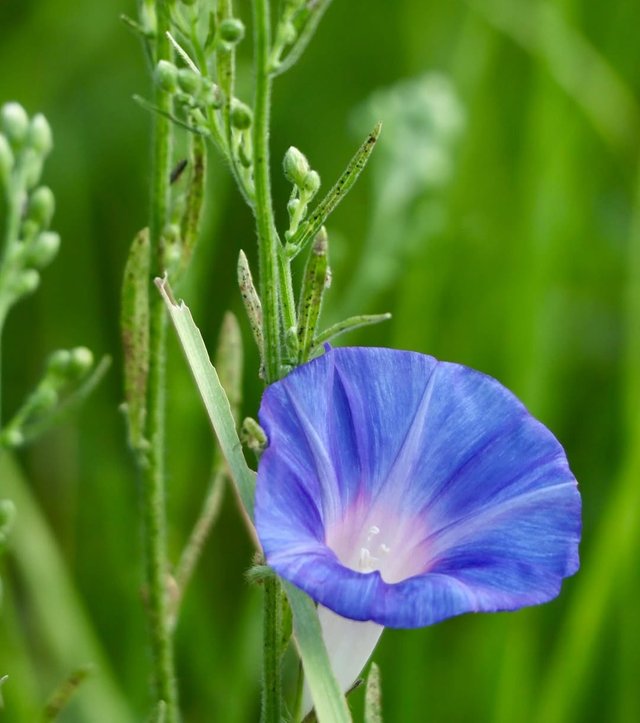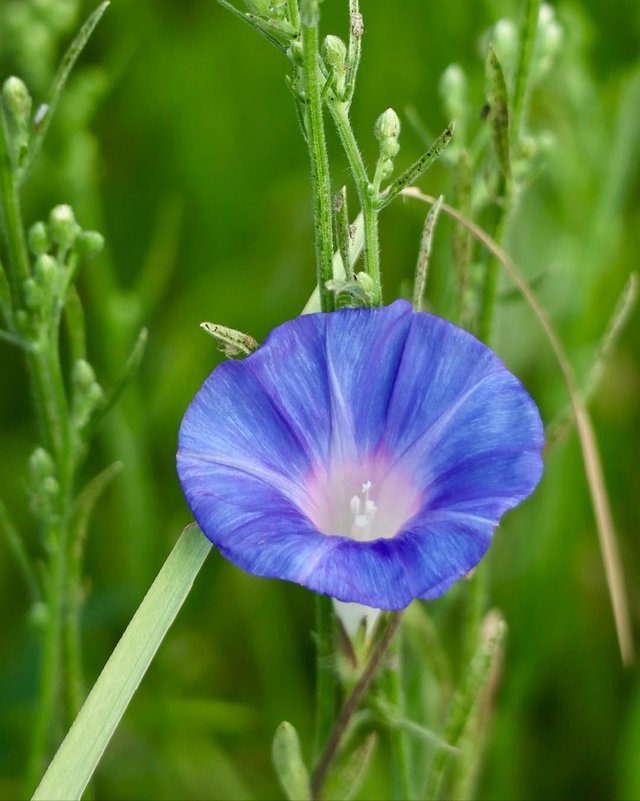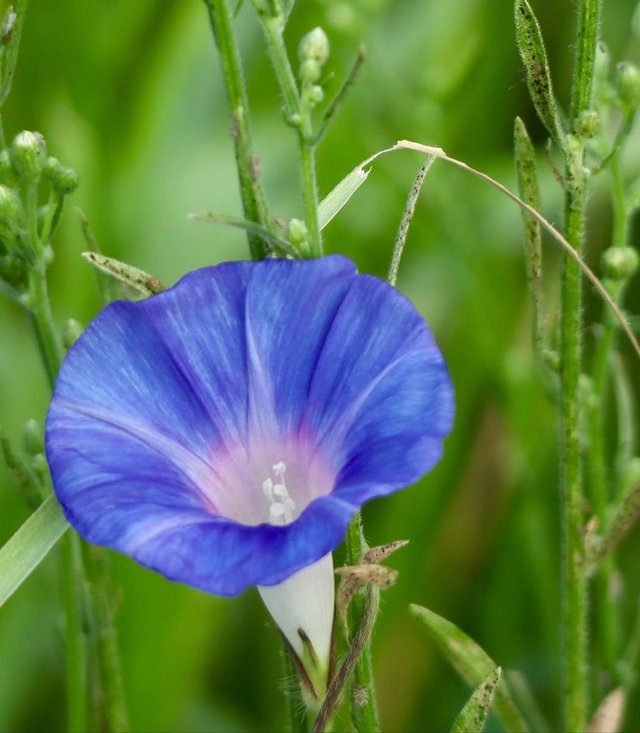Japanese Morning Glory Flower
Japanese Morning Glory: A Symbol of Beauty and Ephemeral Elegance
The Japanese morning glory, known in Japan as asagao, is one of the most celebrated and culturally significant flowers in Japanese horticulture. Belonging to the Convolvulaceae family, this charming climber is a close relative of the common morning glory but is particularly admired for its variety of flower forms, patterns, and colors. With its fleeting blossoms that open at dawn and fade by afternoon, the Japanese morning glory beautifully symbolizes the transience of life, a theme deeply rooted in Japanese aesthetics.
Botanical Overview
Scientific name: Ipomoea nil
Common name: Japanese morning glory, Asagao
Family: Convolvulaceae
Origin: Native to tropical Asia, but cultivated and refined in Japan for centuries
Type: Annual climbing vine
Flower colors: Shades of blue, purple, pink, red, white, and bicolors, often with intricate patterns or streaks
Blooming season: Summer through early autumn
The plant grows rapidly, producing twining vines that can reach several meters in height. Its heart-shaped leaves provide a lush backdrop for the vibrant trumpet-shaped flowers that open in the cool morning hours.
Historical and Cultural Significance in Japan
The Japanese morning glory was introduced to Japan from China around the 8th century, during the Heian period. Initially, it was cultivated as a medicinal plant, particularly for its seeds, which were used as a traditional laxative. However, by the Edo period (1603–1868), the flower had become a subject of fascination for ornamental cultivation.
During this era, morning glory breeding reached its peak. Japanese gardeners developed countless varieties with unique flower shapes, colors, and patterns. Collectors competed to create rare and unusual forms, leading to morning glory exhibitions that drew large crowds. These displays often showcased highly prized specimens with speckled petals, double blooms, and variegated foliage.
Morning glories also became a recurring motif in Japanese art, poetry, and literature, symbolizing fleeting beauty, youthful innocence, and the impermanence of life—concepts central to the Japanese worldview. Ukiyo-e prints often depicted morning glories climbing trellises in summer scenes, evoking a sense of freshness and seasonal charm.
Thanks For Reading
Device Information
| Device | Redmi Note 10 Pro |
|---|---|
| Lens | 64 mp |
| Location | Bangladesh |




